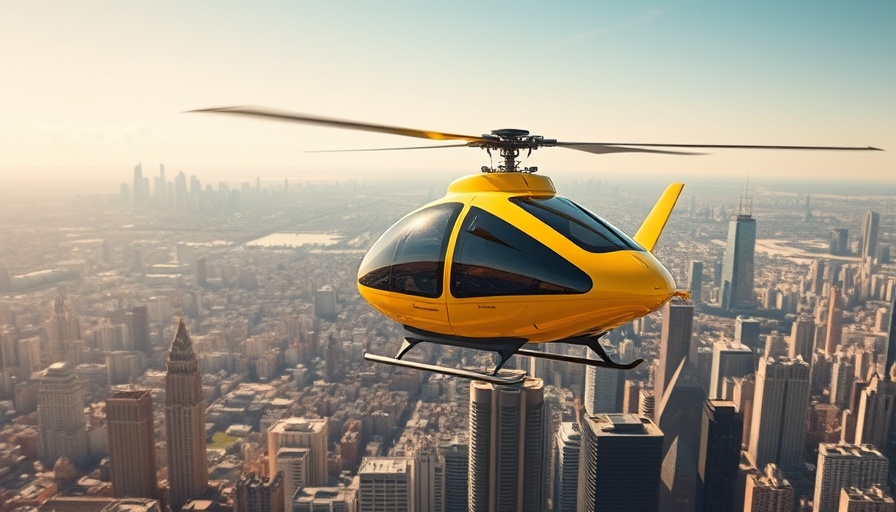
The Emergence of the Cadex Ascent: A New Era in FPV Technology
The launch of the Cadex Ascent marks a pivotal moment in the realm of First Person View (FPV) drone technology, catering specifically to both newcomers and seasoned pilots. This newly introduced system aims to redefine the FPV experience through its innovative features, providing an affordable and user-friendly option without sacrificing quality.
In NEW Caddx Ascent breakdown, the discussion dives into the exciting features of this new FPV drone, exploring its key insights and implications for the future of drone flying.
Who is the Cadex Ascent For?
The Cadex Ascent is designed not only for experienced pilots but also for beginners who wish to venture into the thrilling world of FPV flying. Its user-friendly nature lowers the operational threshold, making it accessible for those embarking on their drone journey. This initiative is crucial, given the evolving landscape of drone technology and competition, particularly as market player DJI has raised barriers to entry with higher-priced models.
Intriguing Features of the Cadex Ascent
With features boasting high-definition video at 1080p and low latency of just 30 milliseconds, the Cadex Ascent will provide a stable and immersive flying experience. Unlike its counterpart, the Walksnail Avatar series, which targets professional users, the Ascent aims to bridge the gap for entry-level enthusiasts. This distinctive positioning opens doors for more individuals to explore FPV flying, potentially revitalizing interest in the hobby as existing models become increasingly costly.
Dual Systems: The Cadex Ascent and Walksnail Avatar
The Ascent system will coexist with the Walksnail Avatar series, allowing users to choose based on their skill levels and usage scenarios. This parallel functionality gives flexibility for users, offering both systems tailored to different market needs. While the Avatar series focuses on professional-grade options, the Ascent is engineered to serve those who might feel hesitant about entering the drone world due to financial or complexity constraints.
The Future of FPV: Tapping into Emergent Markets
Cadex's decision to innovate the Ascent system stems from the need to address the limitations posed by existing chipsets, especially regarding performance and heat generation. By redesigning its chipset architecture, Cadex has set the stage for advancements that could lead to better future models. The expectation is that upcoming iterations may further enhance the user experience while maintaining affordability—a crucial factor in a rapidly expanding market.
Benefits of Choosing the Cadex Ascent
For those considering whether the Cadex Ascent is worth the investment, the system’s lightweight construction and reduced heat generation are appealing features. These factors address common issues experienced by FPV pilots and signal Cadex’s commitment to refining user experiences. Availability across a vast frequency range enhances the system’s adaptability for various scenarios, including racing and recreational flights, ensuring users can maximize their FPV enjoyment.
Conclusion: A Step Towards Accessible FPV Flying
With the introduction of the Cadex Ascent, Cadex is not just launching a new product; they’re creating an ecosystem that welcomes newcomers into the FPV hobby. This is particularly significant as the other market leader, DJI, continues to dominate with high-end options. The Ascent promises to offer a pathway to flight that is enjoyable and affordable, encouraging more enthusiasts to take to the skies and explore everything that FPV has to offer.
 Add Row
Add Row  Add
Add 




Write A Comment